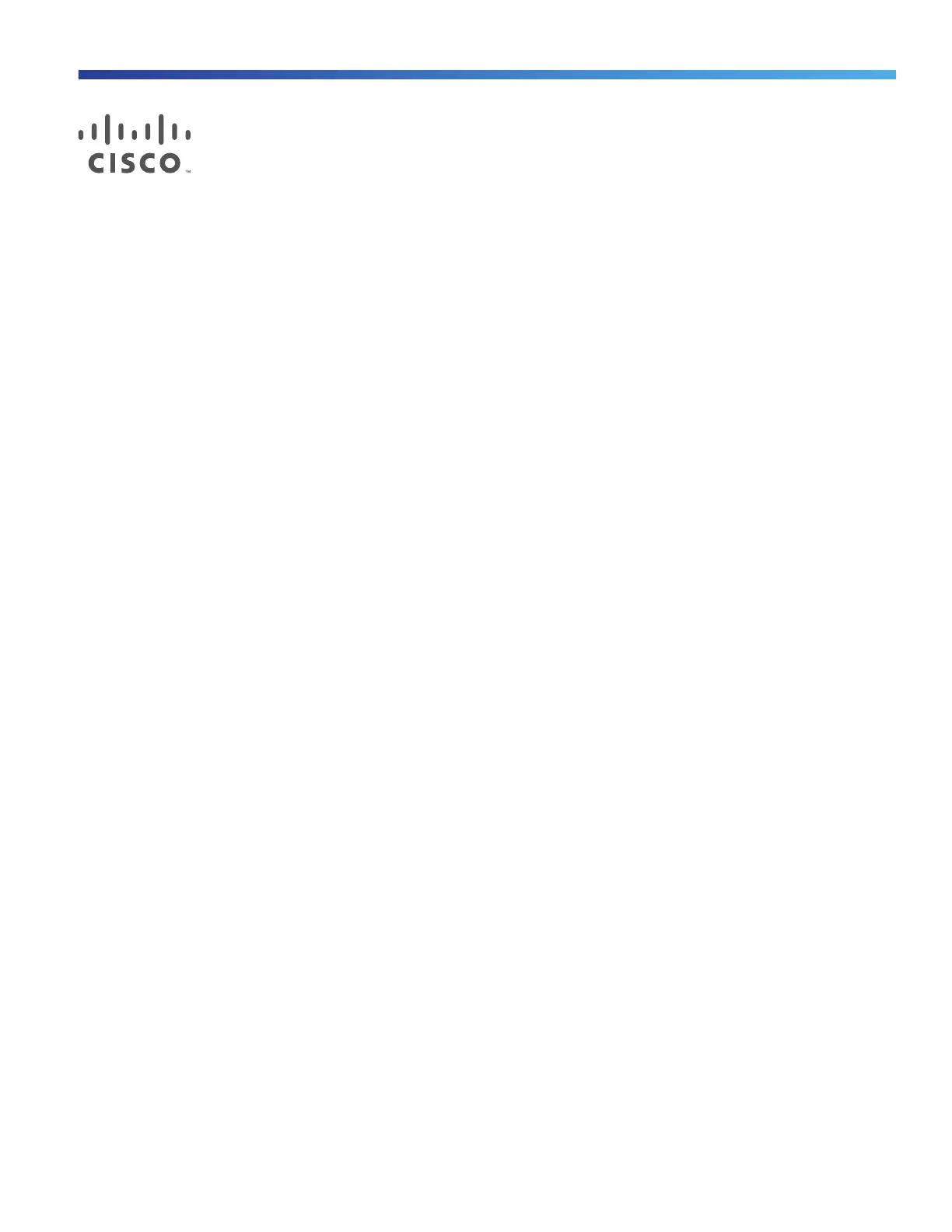447
Cisco Systems, Inc. www.cisco.com
Configuring Port-Based Traffic Control
Restrictions for Port-Based Traffic Control
To use this feature, the switch must be running the LAN Base image.
Information About Port-Based Traffic Control
Storm Control
Storm control prevents traffic on a LAN from being disrupted by a broadcast, multicast, or unicast storm on one of the
physical interfaces. A LAN storm occurs when packets flood the LAN, creating excessive traffic and degrading network
performance. Errors in the protocol-stack implementation, mistakes in network configurations, or users issuing a
denial-of-service attack can cause a storm.
Storm control (or traffic suppression) monitors packets passing from an interface to the switching bus and determines if
the packet is unicast, multicast, or broadcast. The switch counts the number of packets of a specified type received
within the 1-second time interval and compares the measurement with a predefined suppression-level threshold.
Storm control uses one of these methods to measure traffic activity:
Bandwidth as a percentage of the total available bandwidth of the port that can be used by the broadcast, multicast,
or unicast traffic
Traffic rate in packets per second at which broadcast, multicast, or unicast packets are received.
Traffic rate in bits per second at which broadcast, multicast, or unicast packets are received.
Traffic rate in packets per second and for small frames. This feature is enabled globally. The threshold for small
frames is configured for each interface.
With each method, the port blocks traffic when the rising threshold is reached. The port remains blocked until the traffic
rate drops below the falling threshold (if one is specified) and then resumes normal forwarding. If the falling suppression
level is not specified, the switch blocks all traffic until the traffic rate drops below the rising suppression level. In general,
the higher the level, the less effective the protection against broadcast storms.
Note: When the storm control threshold for multicast traffic is reached, all multicast traffic except control traffic, such as
bridge protocol data unit (BDPU) and Cisco Discovery Protocol (CDP) frames, are blocked. However, the switch does not
differentiate between routing updates, such as OSPF, and regular multicast data traffic, so both types of traffic are
blocked.
The graph in Figure 68 on page 448 shows broadcast traffic patterns on an interface over a given period of time. The
example can also be applied to multicast and unicast traffic. In this example, the broadcast traffic being forwarded
exceeded the configured threshold between time intervals T1 and T2 and between T4 and T5. When the amount of
specified traffic exceeds the threshold, all traffic of that kind is dropped for the next time period. Therefore, broadcast
traffic is blocked during the intervals following T2 and T5. At the next time interval (for example, T3), if broadcast traffic
does not exceed the threshold, it is again forwarded.
